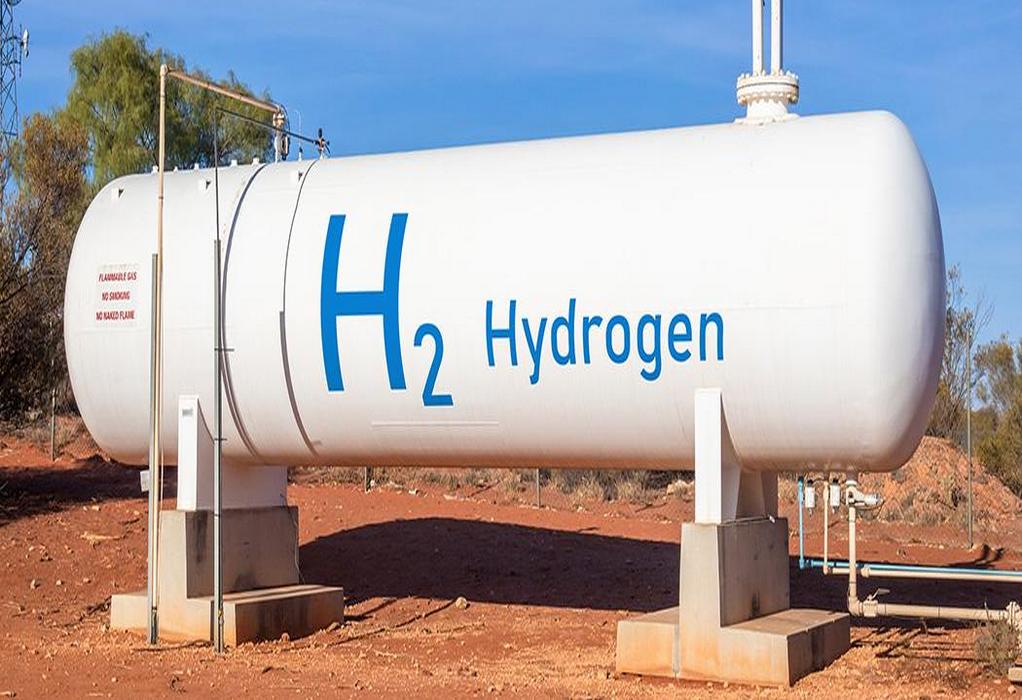A group of Indian scientists have designed a hybrid material which can absorb the Greenhouse Gas (GHG) methane and convert it to clean hydrogen. They have also simulated a process of capturing carbon dioxide and converting it to high-purity hydrogen. The scientists from the Indian Institute of Chemical Technology (IICT), Hyderabad, have also set up a facility to test such materials and perform carbon capture research in the institute.
Given the global warming potential of GHG, scientists are exploring innovative methods of absorbing these gases and converting them to useful substances. New materials that can play the dual role of absorption as well as conversion is the new challenge area for scientists in carbon capture innovation.
In view of this challenge, the IICT scientists have designed a hybrid material that can capture methane and act as a catalyst to convert it to high purity hydrogen. They also simulated and designed a process to capture carbon dioxide in-situ, and convert it to high-purity hydrogen from non-fuel grade bio-ethanol.
This was done through a mechanism called Optimised Intensified Chemical Looping Reforming, based on research published in the journal Chemical Engineering and Processing.
The researchers have also fabricated a facility that can further carbon capture and conversion research at the institute. The facility — a dual operational fixed cum Fluidised Bed Reactor system (FBR) — can carry out Sorption Enhanced Steam-Methane Reforming (SESMR) for high purity H2 production, based on the modeling and preliminary experimental studies.
The FBR facility was commissioned in January 2022 at CSIR-IICT, Hyderabad, under a Mission Innovation Project supported by the Department of Science and Technology. It is a one-of-a-kind facility, and allows for the testing of the performance of dual functional materials for SESMR in FBR systems for the first time in the country. SESMR offers the specific advantage of in-situ CO2 removal through sorbents, and thereby overcomes the equilibrium limitations of steam reforming, leading to high-purity H2 production.
Potential dual functional materials identified from theoretical predictions are now being synthesised, while FBR operating conditions for existing sorbent/catalyst materials are being optimised to meet the increasing challenges of carbon capture and utilisation, the study added.
Source: https://weather.com/
Tags: GHGs, Hybrid Material, IICT, India



Recent Posts
Scandlines Nears Delivery of Zero Emissions Ferry Following Successful Sea Trials
India faces emission roadblocks with rising net-zero demands
Green Energy Resources invests in two electric Liebherr LHM 550
NYK Launches Continuous Use of Bio LNG Fuel on Car Carriers to Advance Decarbonization Goals
Yang Ming Expands Fleet with Methanol and LNG Dual-Fuel Vessels Under Fleet Optimization Plan
ClassNK Advocates Speed Gap Monitoring to Optimize Fuel Efficiency in Heavy Weather
Wärtsilä’s retrofit package for the Corsica Linea ferry Pascal Paoli has resulted in fuel savings of up to 22 percent Corsica Linea
COSCO Shipping Names Second Methanol Dual-Fuel Containership in Yangzhou